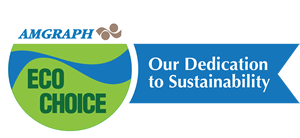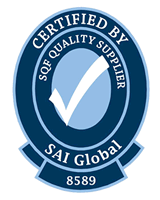There are plenty of great options for sustainable packaging, but unfortunately some food packages just cannot be recycled.
Sustainability is one of our top priorities at AMGRAPH, and we know that’s true for most of the people who follow our blog, too. While we recognize that we have a big responsibility on our end to manufacture earth-friendly packaging, a lot of responsibility still falls to consumers. What is the latest information on how to recycle properly and what, unfortunately, cannot be recycled?
CNET recently outlined some dos and don’ts for effective recycling of consumer food packaging. Here’s some of the best advice they included, from sustainability expert Jeremy Walters:
- Do your research. Sometimes, recyclability can vary from one location to another. Check your local sanitation department’s website for additional information for your hometown. And just because something has a recycling symbol doesn’t mean your recycler can handle it.
- Give them a good rinse. Yes, it can be inconvenient. But it really is important to make sure containers are as clean as possible before you put them in the bin.
- Unrecyclable materials include Styrofoam, black plastic plates and trays, and most plastic utensils. So skip the throwaway utensils if you are eating at home!
- Thin plastic bags are not recyclable, either. Many states are implementing bans on those bags, so we are moving in the right direction.
- Nothing that is soiled with food or liquid can be recycled. So no greasy pizza boxes, used paper plates, or Chinese food boxes.
- You CAN and should recycle clear plastic clamshell containers, aluminum containers, and clean cardboard and paper products
Read the whole article on CNET here.
At AMGRAPH, we’re doing everything possible to create safe, sustainable packaging options—and we’re breaking new ground in the field all the time. But until everyone has access to sustainable solutions, it’s important to make an effort to recycle, and to do so properly.









